Meeting Mayo, Part I of III by W.P. Minor
It had been about a week earlier when I had met Mayo Lanagan and his son David. They had toured Mid America Flight Museum the Saturday before last. It hadn’t taken long for us to figure out Mayo, at 89, had seen and ridden in more than his fair share of iconic aircraft. He was neither a pilot, nor a military veteran, but he sure knew a lot about several of the museum’s airplanes. We could tell he knew more about them than the average bear.
Mayo was pleased to find several aircraft he was familiar with that morning. The Twin Beech, the DC-3, the A26 Invader, and even a Ford Trimotor, were there. He had been a career public relations man for the Lone Star Steel Company. It had been a job that had him flying a lot in each of those aircraft with the exception of the Ford Trimotor but he had ridden a Ford Trimotor as a child when he was about 6 years old. We learned he was simultaneously a quiet reserved man but one was also willing to engage in interesting conversation. On its surface, his story did not seem as fanciful as some we’ve seen at the museum but his story was unique.
We’ve seen decorated combat pilots, airline pilots, stuntmen, air racers, and crop dusters visit the museum. We even had a U.S. Air Force Thunderbird pilot visit one day accompanied by a NASA space shuttle pilot with four missions under his belt. Mayo was of a different ilk from those, however; he truly was a “been there and done that” sort of fellow.
With a career lasting almost four decades with the Lone Star Steel Company, Mayo had been on hand to witness the company’s involvement with and use of numerous aircraft. Generally, if the company aircraft flew, Mayo flew. Not content to sit in the comfort of the plush passenger compartments of the airplanes, he most often road in a jump seat or otherwise close to the cockpit of the aircraft. He had become close friends with the company’s first Chief Pilot Maurice White. He also became closely acquainted with each aircraft and the crews shared their assessments and critiques of each aircraft with Mayo. Like his son David, Mayo was easy to like and Mayo Lanagan had a story that I wanted to learn more about. The day of our first meeting at the museum, we left our visit with tentative plans to visit again soon.
An evening after work found me driving down the hill toward Ellison Creek Reservoir otherwise known as “Lone Star Lake.” Without many other remarkably good traits myself, I have developed a keen attention to punctuality. Early for most things and but careful not to be too early for a private calling at someone’s residence. In this case, I had planned to pull into his driveway at the appointed time and was on schedule.
My route took me between two historic buildings in the little town. On my left was a building that had served as the U.S. Steel Workers Union Hall until the newer Union Hall on the right was built sometime in the late 1950s.
The “Old Union Hall” on the left had found renewed life in later years. It was a rectangular gabled roof building with matching gabled porch cover which had in large letters “Bluegrass” and an American Flag displayed above, tightly under the apex of the gable.
Its late owner Curtis Roundtree, had been a huge fan of bluegrass music. Roundtree had converted the old hall into sort of a regional bluegrass Mecca. Seeing the old building again, reminded me of some great times I had there, making music with some good friends. The place had sort of an “Opry” atmosphere with light meals and snacks served inside. As ensembles would be performing on the stage inside, other satellite jam sessions would form in the anteroom, front porch, or, under the shade of the catalpa trees.
The building looked the same for the most part but now it had a look of neglect about it. It was more or less a windless day but there was just enough of a breeze to stir the knee-deep Bahia grass that encompassed the old music hall causing the grass to swirl in a shimmering fashion like a reflective dance. Could it be the remnants of the now quiet voices and instruments, stirring around, looking for that next jam session? For some reason, the swirling Bahia reminded me of one of my favorite short stories, “A Gravestone Made of Wheat” by Will Weaver.
I had unintentionally paused in the middle of the narrow street. I guess I was staring at old memories, listening for laughter after someone played an old Lester Flatt G run. A quick glance of the rearview mirror thankfully told me I was not holding up traffic. My melancholy reflection subsided as the anticipation of visiting with Mayo Lanagan tugged me onward. I turned into his driveway at the appointed time, exactly on the nose.
I thought I saw a bit of reserved stoicism in his expression which I hoped included the thought “well, he’s punctual.” In Mayo’s reserved way, I was cordially greeted by Mayo and soon afterward, by his dog “Harry.” With a mutual understanding of the intentions of my visit, we just jumped right in, foregoing pleasantries regarding the weather and the like.
END OF PART ONE.


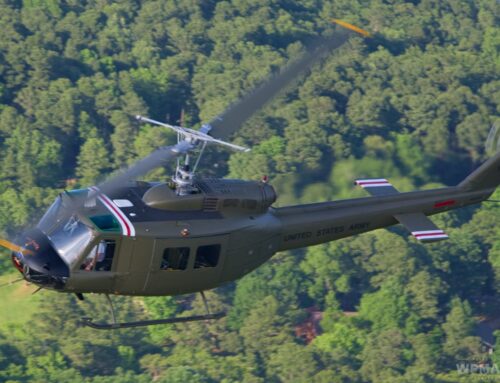
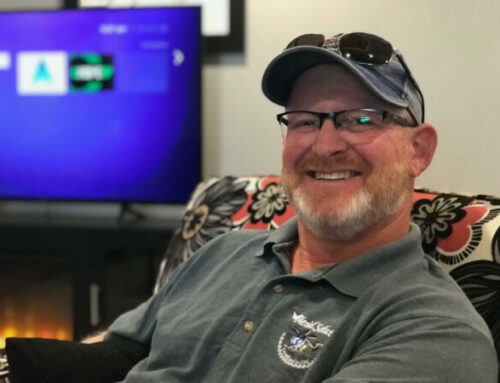
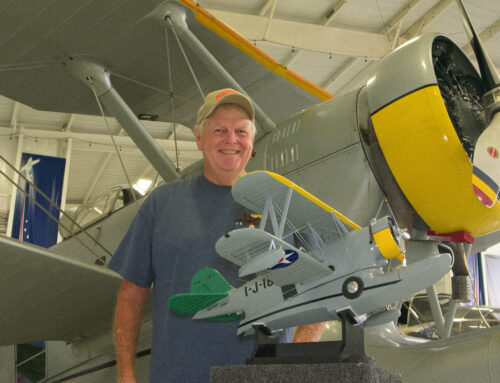
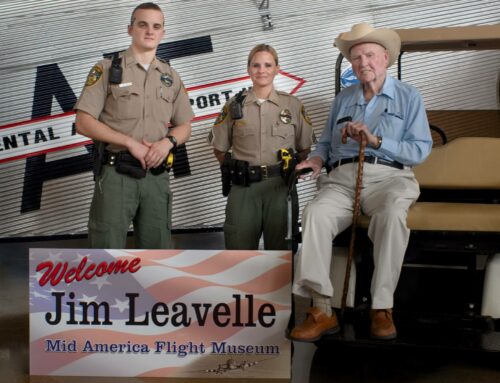
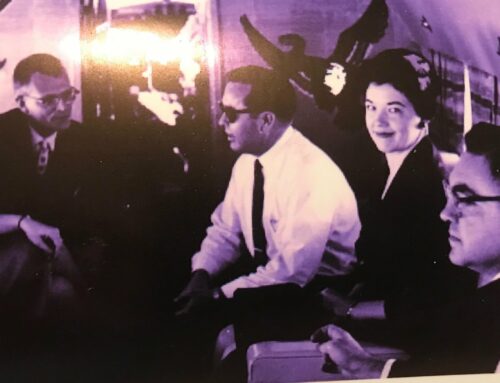
Leave A Comment